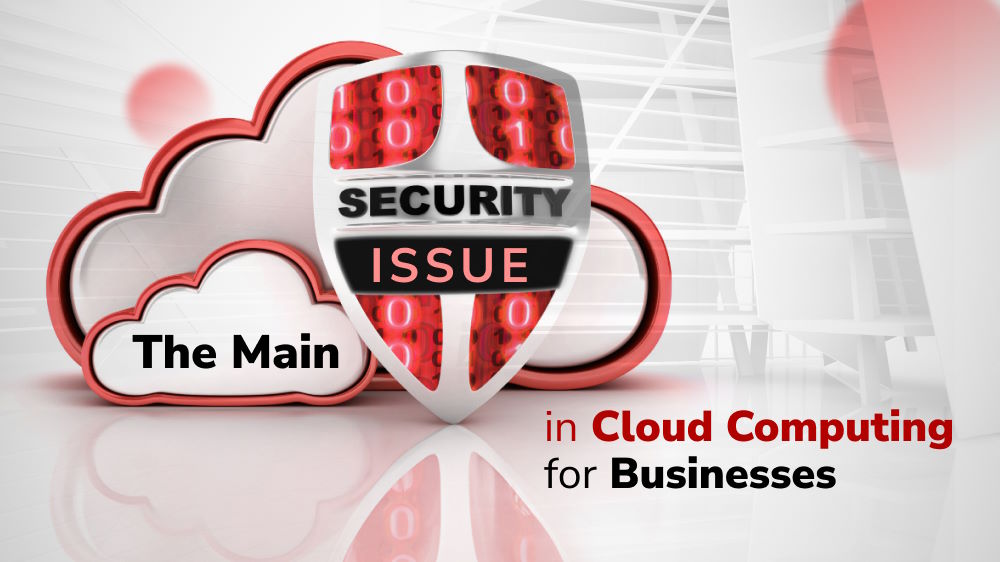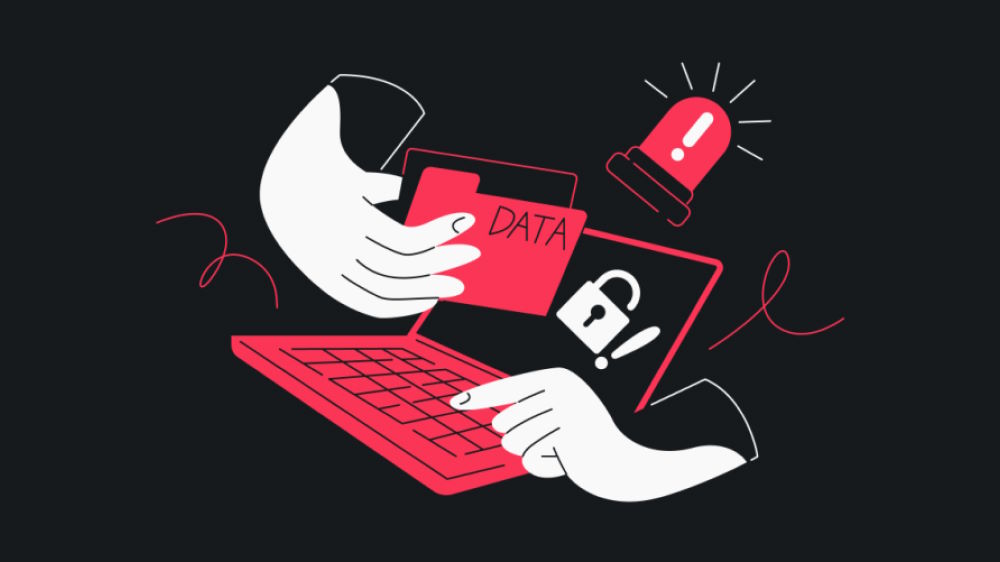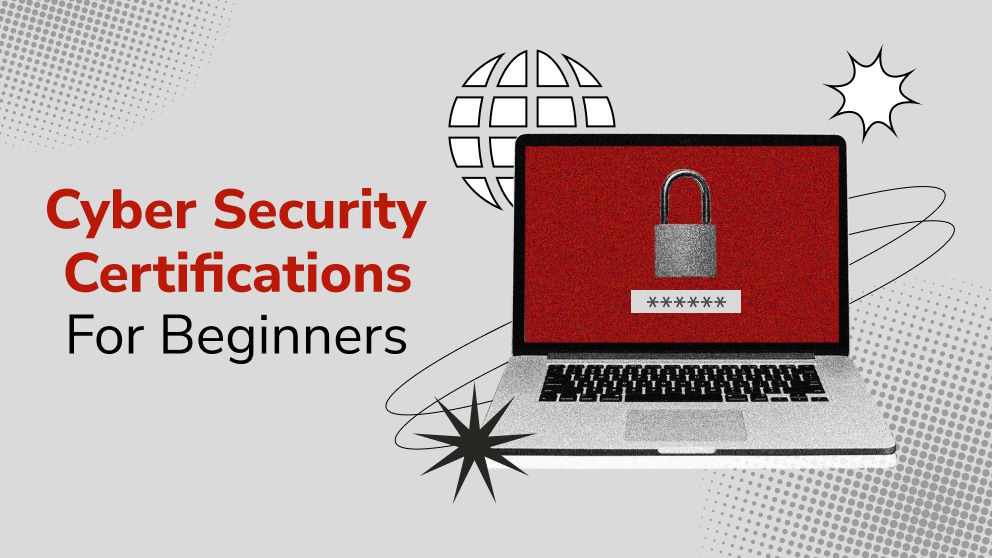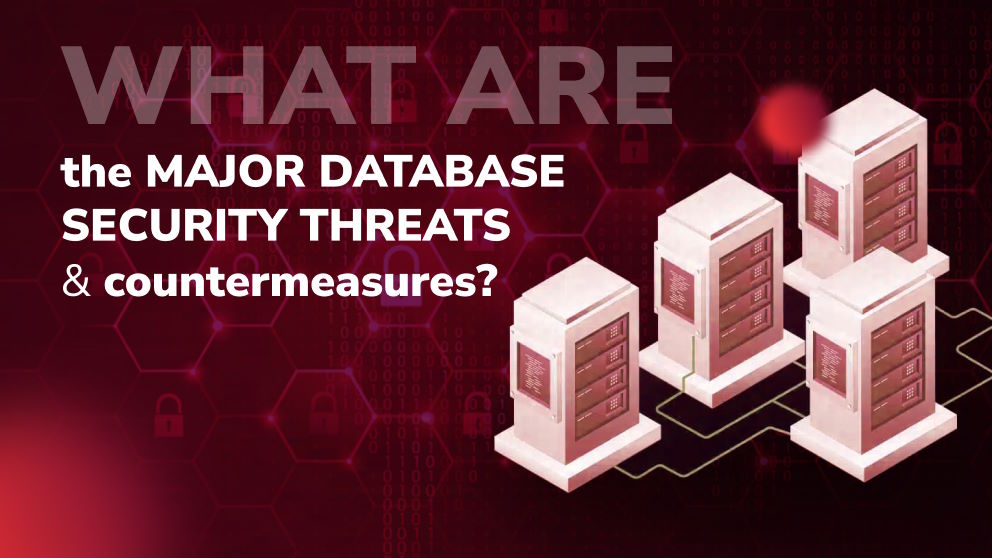
Tend to Your Cyber-security in Banking: The Snags & the Countermeasures

Content Map
More chaptersIn such an era defined by technological advancement and digital transformation, cybersecurity threats are a top-of-mind concern for all those involved in the online space. With the reliance on technology and interconnected systems, cyber-attacks have been more frequent, sophisticated, and damaging than ever before. In 2022, all the global regions witnessed a total surge of 38% in cyberattacks compared to 2021 (According to Check Point Research data). Among these, North America, Latin America, and Europe appear to show the largest increases.
In the confrontation with the frequency and the escalating sophistication of cybersecurity attacks and criminals, no industry is immune to potential cybersecurity vulnerabilities, not even the banking and financial services industry. Conversely, financial institutions and companies (such as central banks, commercial banks, and online banking service providers) are the favored targets of cybercrime actors as these organizations deal with sensitive customer data and financial transactions on a daily basis.
The finance world has long been aware of and contemplating the rise of cyber security threats and issues alike in this particular area. Back in February 2016, there was a heist that woke the financial industry up when hackers tried to exploit vulnerabilities in SWIFT (Society for Worldwide Interbank Financial Telecommunication) in order to steal $1 billion from Bangladesh’s central bank. This was a wake-up call for the worldwide organizations within the financial and banking sector to put their minds into cybersecurity risk management and countermeasures.
The Common Cyber Threats in the Financial Sector

Cybersecurity Ventures indicates that the global annual cybercrime cost is projected to soon reach $9.5 trillion in 2024 and continue to rise to approximately $10.5 trillion by 2025. The predictions are an alert for all, especially for cybersecurity in banking that functions in a broad dimension of customers’ assets and data.
For the sake of good order, financial firms and banking organizations alike need to form their own shield - a defense that is as robust and capable as the rapidly evolving tactics used by criminals - to stand strong against any cyber risk or threat actor. Start with packing in the know-how of what kind of cyber threats and attacks are most likely to occur. In this light, we’ve curated some of the top cyber-security threats:
Ransomware/Malware Attacks
Both ransomware and malware are forms of malicious software - that are explicitly designed for cyber attackers to exploit bank computers, networks, trading platforms, or other financial systems for harmful purposes, such as data theft, data sabotage, or extortion.
Malicious software (malware) is a term that covers a wide range of malicious programs, including computer viruses, Trojan horses, worms, spyware, and adware. On the other hand, ransomware - a subset of malware - encrypts all files on the infected system that are important to users with the intention of extorting money from the victim in exchange for a decryption key.
Any financial institution or individual can fall prey to such attacks due to negligence in cyber hygiene practices or by being the victim of social engineering tactics. Statista indicates that 72.7% of all organizations were hit by ransomware or other forms of malware in 2023. And some of these victims were within the banking industry. AV-Test Institute estimates that there are currently a billion malware programs in existence. Also, Statista reports that 560,000 new pieces of malware are detected every single day.
Data Breaches

A data breach is a common kind of cybersecurity incident in which sensitive information is stolen from a system without authorization, possibly causing identity theft, bank reputation damage, and significant financial losses. The compromised data can include personally identifiable information (PII), like social security numbers, credit card numbers, banking details, or login credentials.
These are top cybersecurity threats that usually occur due to various reasons, namely weak passwords, inadequate security measures, malware attacks, or human error like the misdelivery of information or lost mobile devices containing private data.
Distributed Denial of Service (DDoS)
A DDoS attack in the banking industry is a malicious attempt to disrupt the ordinary functionality of a bank’s network, service, or website by overwhelming it with a large influx of internet traffic. Such attacks are launched by a network of infected computers called bots (Short for robots) that possibly range from thousands to millions, known as botnets.
For the banking sector, which heavily relies on online and digital services for customer transactions, account management, and other financial services, DDoS attacks can take mobile banking systems or trading platforms down and result in catastrophic consequences, such as leakage of sensitive customers, potential losses of revenue and trust.
Phishing Attacks
Phishing is a cybercrime in which threat actors pretend to be reputable entities and trick recipients into giving personal information. Through emails, messages, or fake websites with real-looking but counterfeit domain names, the attackers try to create a sense of urgency to prompt the victims into action.
For example, a phishing email may warn that your bank accounts will be shut down shortly if you do not update your information immediately, leading unsuspecting victims to the fake website where their information is stolen when entered. Over time, phishing attackers try more sophisticated tactics to lure users into their traps.
Unencrypted Data
In daily business operations, banks and financial firms handle a massive amount of data, including customer details, financial transactions, account information, etc. Ordinarily, financial institutions protect customer data and financial information by encrypting it - a process that converts plaintext into ciphertext.
Such encryption safeguards the confidentiality of sensitive data and makes it unreadable to anyone without proper access or authorization. In an unencrypted state, data is left vulnerable and becomes easy prey for cybercriminals who could access, steal, and manipulate it for fraudulent purposes - which jeopardizes the financial stability and trust of the customers.
Spoofing Attacks

Spoofing is a method used by criminals to impersonate another device or user identity on a network to launch attacks against the network hosts, steal data, install and spread malware, or bypass access controls. These attacks are launched in various ways, like IP Address Spoofing, Email Spoofing, DNS Spoofing, Caller ID spoofing, or Website Spoofing.
For instance, email spoofing is when a cybercriminal sends an email appearing as if it came from a trusted source (like your bank) to lure you into giving sensitive information like login credentials or financial data. Similarly, website spoofing involves creating fake websites resembling legitimate ones to deceive users into entering personal information. Such attacks exploit the trust between institutions and their customers.
Data Manipulation
Data manipulation is a type of cyber-security risk that interferes with data integrity and aims to alter or delete confidential information. These potential cyber-attacks happen after the attackers have gained unauthorized access to a bank network, system, or server and can carry out activities like changing account balances, modifying transaction details, or deleting customer records.
For banks and financial institutions, data manipulation attacks pose serious threats as they can result in significant financial losses, damage reputation, incur legal consequences, and cause severe distrust among partners and customers.
Supply Chain Attacks
Also known as value-chain or third-party attacks, supply-chain attacks occur when cybercriminals infiltrate a financial system through outside partners or service providers, such as IT vendors, cloud storage services, payment processors, etc. By leveraging the vulnerabilities or loopholes in the third-party systems, hackers could gain authority over sensitive data or control over a network. Such cyber-attacks are challenging to detect and often go unnoticed as banks focus on securing their own system rather than their partners’.
Social Engineering Attacks
Social engineering is a type of cyber security risk that relies on human interaction and psychological manipulation to deceive recipients into divulging sensitive information or carrying out fraudulent activities (Such as clicking on malicious links, downloading malware onto their computers or mobile devices, or transferring funds to a fraudulent account).
Bear in mind that a cyber-attack like this can take multiple forms, such as phishing emails, pretexting calls, baiting, quid pro quo, or more. Moreover, they are often sophisticated and quite difficult to detect. Therefore, individuals, banks, and other financial institutions need a focused and clear state of mind as well as enhanced security measures in order to protect themselves from such attacks.
IoT Loopholes
The Internet of Things (IoT) refers to a digital network of everyday objects, from household appliances to cars, that are connected to and able to exchange data over the internet. As banks adopt IoT technologies for a plethora of services like mobile banking, ATMs, cyber-physical security systems, etc., the risks associated with this technology also grow. IoT devices tend to have weak security measures, exposing the fragility of the whole system to cyberattacks.
From there, it is only a matter of time before criminals can take advantage of the vulnerabilities to hack into IoT devices and use them as bots for large-scale attacks, steal data, or cause widespread system failures.
Preventive Mechanisms to Keep Banking Institutions Cyber-Secure

In a shifting financial cybersecurity landscape, risk analysis must be handled with utmost attention and care, and security policies and measures must be put in place to prevent cyber threats early on.
Security Awareness Training
Know that employees are the first line of defense against cyber-attacks, both internal and external threats. Hence, it is paramount to raise awareness of cyber-security in banking and financial institutions through mandatory training programs. Such education should include security protocols, password best practices, email and web usage guidelines, social engineering attacks education, etc., to ensure all employees stay abreast with the latest cyber threats and know how to realize and respond to cybersecurity incidents.
Multi-Factor Authentication
MFA is an essential security mechanism that requires two or more forms of identity verification before allowing access to a system. In addition to traditional usernames and passwords, banking platforms must implement additional layers of authentication like a physical token, biometric data, security questions, or one-time passwords (OTP) whenever accessing sensitive information or making financial transactions. Even if attackers obtain login credentials through phishing or other means, they still have to pass through other layers of verification, lowering the rates of success and buying time to thwart the attack.
Cyber Insurance
Cyber insurance in banking is designed to protect financial institutions against the claims made by their clients, partners, or vendors as a result of cyber incidents. It covers expenses related to restoring damaged or destroyed data, investigating and responding to incidents, and lost income due to these incidents. Having cyber insurance helps to mitigate the financial and legal consequences of a cyberattack and provides peace of mind for both the institution and its customers.
Data Encryption & Backup
Encrypting is the process of converting plain text into an unreadable format, known as ciphertext, using a secret key. Encrypting sensitive data, like financial records, transaction details, and customer information, keeps it safe from hackers and other threat actors even if they manage to get unauthorized access to the system. Additionally, regularly backing up critical data to an off-site secure location can help restore information in case of a breach or system failure, reducing the impact of a cyberattack.
Regular Software Updates & Security Audits
Cybersecurity is a full-time job that requires constant monitoring and updating. Banking institutions must stay on guard all the time by frequently updating their devices, networks, servers, applications, and databases with the latest security patches. These updates usually include fixes for vulnerabilities and loopholes that hackers can exploit.
In addition, periodic security audits are necessary for evaluating the effectiveness of existing cybersecurity measures, identifying potential vulnerabilities, and implementing corrective actions. Audits are also a way to fully assess and align one’s security protocols and systems with the current cybersecurity trends.
Identity & Access Management (IAM)
IAM refers to the policies, processes, and technologies used by institutions to monitor digital identities and control access to their financial systems. The process of IAM is needed to securely authenticate users, restrict access based on their roles, monitor user activity, and enforce security policies. These measures significantly mitigate the risk of unauthorized access to data and limit the potential damage to a cyberattack.
Cybersecurity Outsourcing
Banks and financial institutions alike can choose to outsource their cybersecurity tasks to the hands of experienced professionals instead of trying to handle it all in-house with little to no resources or expertise required. Cybersecurity outsourcing allows for freeing up internal resources, gaining access to advanced security technologies, reducing costs, and having round-the-clock monitoring and support for more potential cybersecurity vulnerabilities and threats.
What else do you need to tend to cyber-security matters in the financial and banking sector? An IT partner who is reliable and competent in handling complex security threats can help create a robust and comprehensive cybersecurity strategy. Together, we can protect and secure your data, operations, reputation, and customers against cyber risks.
More than a cyber-security partner, we at Orient Software, as your strategic IT partner, are capable of providing custom software development services for the financial industry, from banking to fintech. We have experience working with worldwide clients and the top-notch technological stack to tackle diverse business challenges. If you need to augment your current project with an extra pair of hands, we also provide services of dedicated teams and staff augmentation. Come to Orient Software - Your partner in cybersecurity and more IT services beyond. Want to stay cyber-safe and future-ready? Write to us, and we’ll discuss further.






